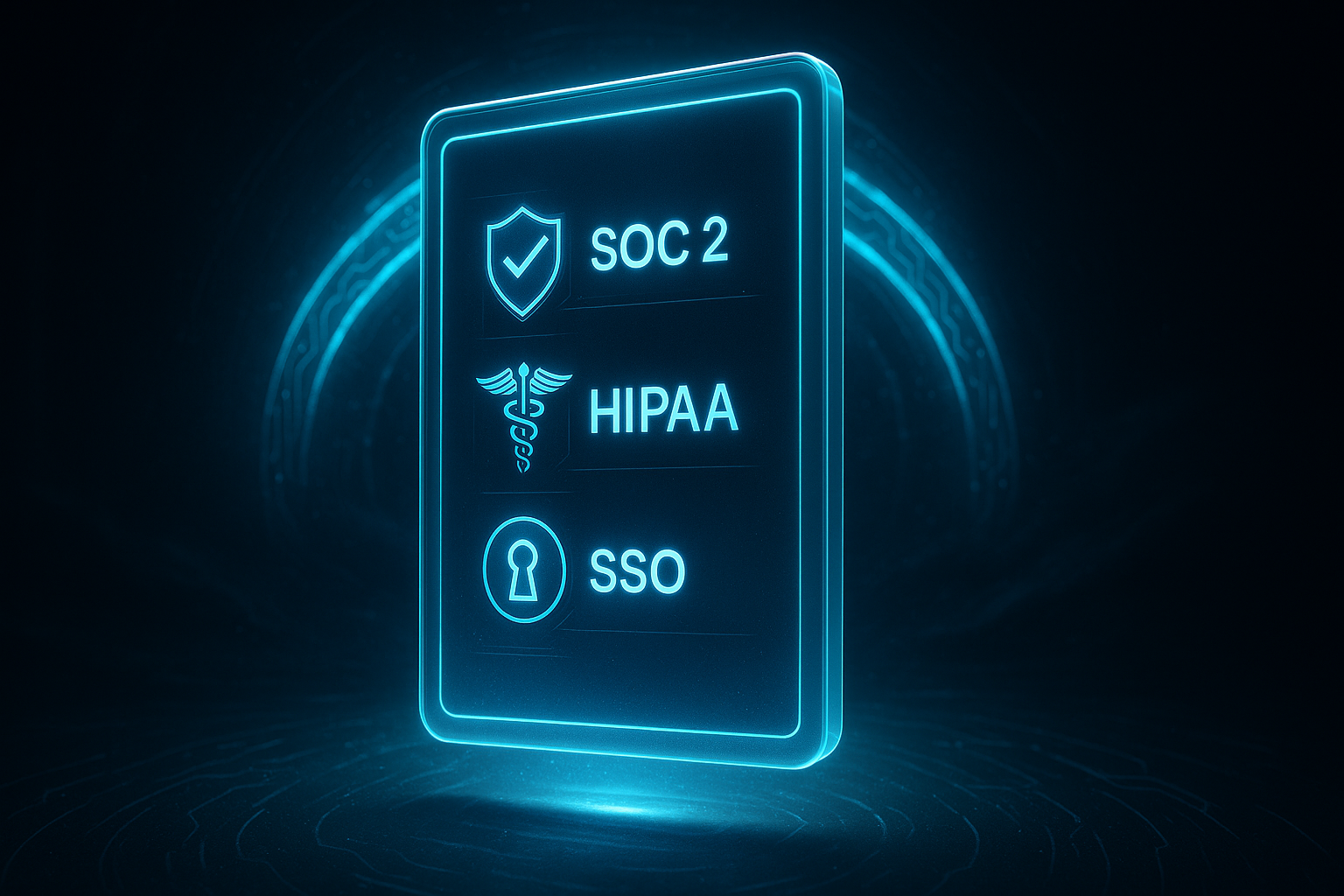
The Chief Information Security Officer’s Checklist: Hardening AI for Enterprise-Grade Compliance
In this series, we’ve covered the AI security landscape, from individual settings to professional plans. Now, we’re speaking directly to the IT professionals, the architects and guardians of corporate data. For you, an AI platform isn’t just a tool—it’s another endpoint to secure, another vendor to vet, and another data stream to govern. This post dives into the enterprise-grade controls that matter most.
When evaluating an AI platform for broad deployment, especially in regulated industries, baseline encryption and “no-training” policies are just the table stakes. The real differentiators lie in features that integrate with your existing security and compliance framework. Always review provider documentation closely, as not all “pro” plans offer these controls out-of-the-box.
Here are the key pillars of enterprise AI security:
| Control Pillar | Key Features | Why It’s Critical for IT & Compliance |
| Identity & Access Management | SAML SSO & SCIM: Integration with your IdP (Azure AD, Okta) for authentication and automated user provisioning. | Locks the front door. Enforces corporate MFA and allows for instant, centralized de-provisioning, satisfying access control requirements for HIPAA, SOX, and ISO 27001. |
| Compliance & Trust Artifacts | SOC 2 Type II, BAA, & Data Residency: An independent audit report, a legal contract for HIPAA, and options for regional data storage. | Provides auditable proof. A SOC 2 report shortens vendor security reviews. A signed BAA is non-negotiable for handling ePHI. Data residency is essential for GDPR. |
| Data Governance & Lifecycle | Granular Retention Policies & eDiscovery APIs: Admin-level control over data lifecycle and APIs to connect with legal hold or DLP tools. | Prevents a compliance blind spot. Ensures AI-generated content adheres to corporate document policies, preventing it from becoming a legal liability. |
| Application & Threat Control | Plugin Governance & Tenant Isolation: Whitelisting approved internal GPTs, blocking unknown APIs, and ensuring user data is logically separated. | Shrinks the attack surface. Gives you control over third-party data flows and provides assurance against zero-day vulnerabilities by containing the blast radius. |
Emerging Trends in AI Security
Beyond these pillars, the most mature organizations are adopting next-generation tools for even tighter control:
- Zero-Trust AI Gateways: AI-specific firewalls that proxy and filter data before it ever touches an external model.
- Automated Vendor Due Diligence: Using platforms like Vanta or Drata to continuously monitor the security posture of AI vendors.
- Sandboxed & On-Prem Runtimes: Deploying containerized LLMs (like Meta’s Llama 3) within your own environment for ultimate data control.
- Granular Audit Trails: Leveraging platforms that offer prompt-level audit logs for deep forensic analysis.
Navigating the complexities of enterprise AI adoption requires a partner who understands both the technology and the compliance landscape. Spark AI Strategy specializes in helping organizations develop and implement secure, compliant, and effective AI strategies. Contact us to build an enterprise-ready AI framework.




